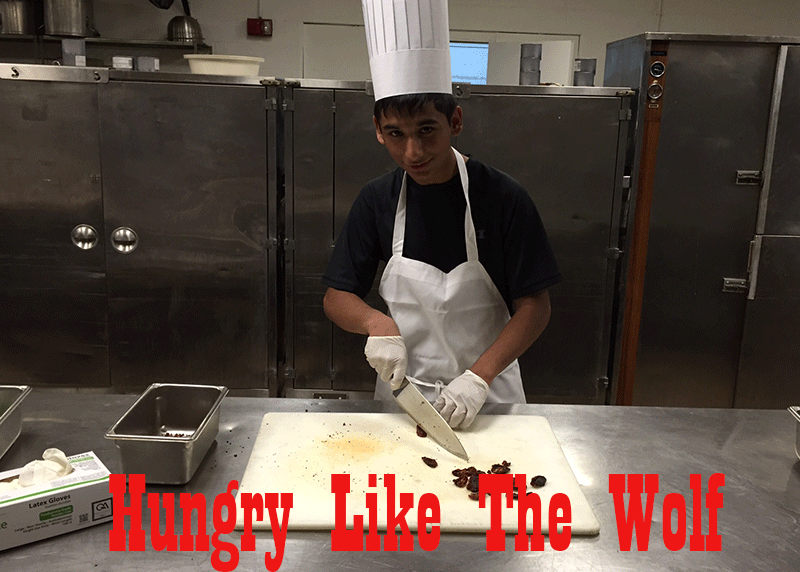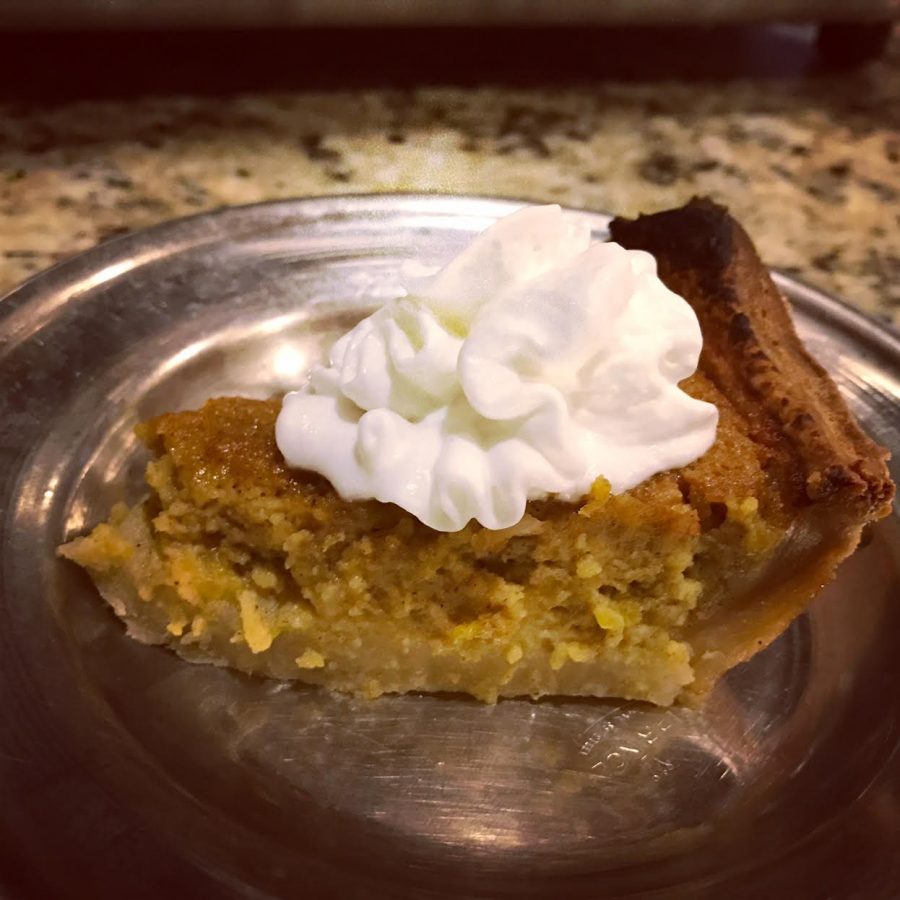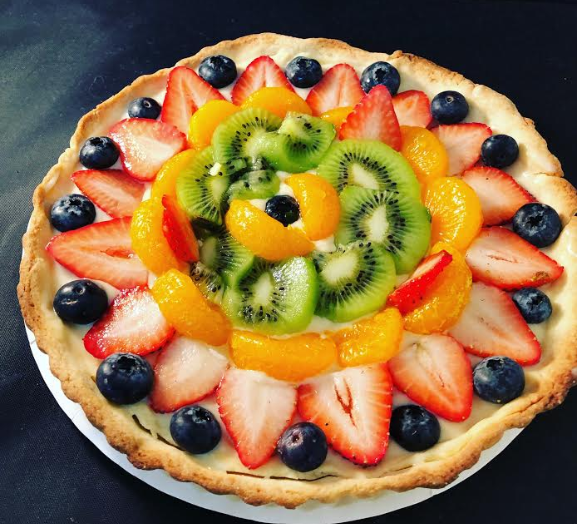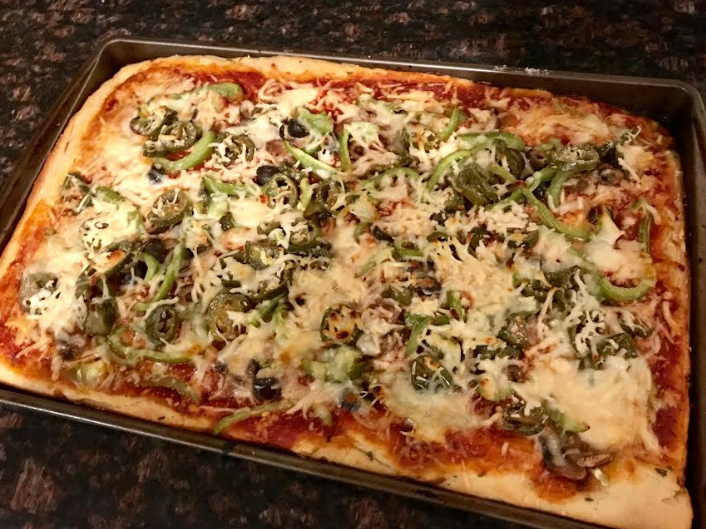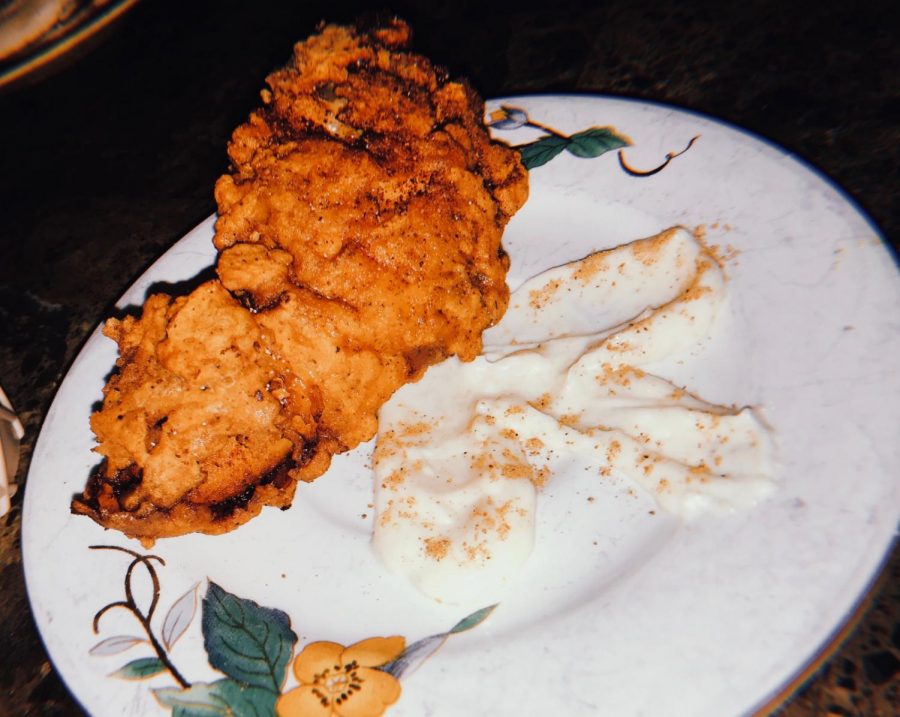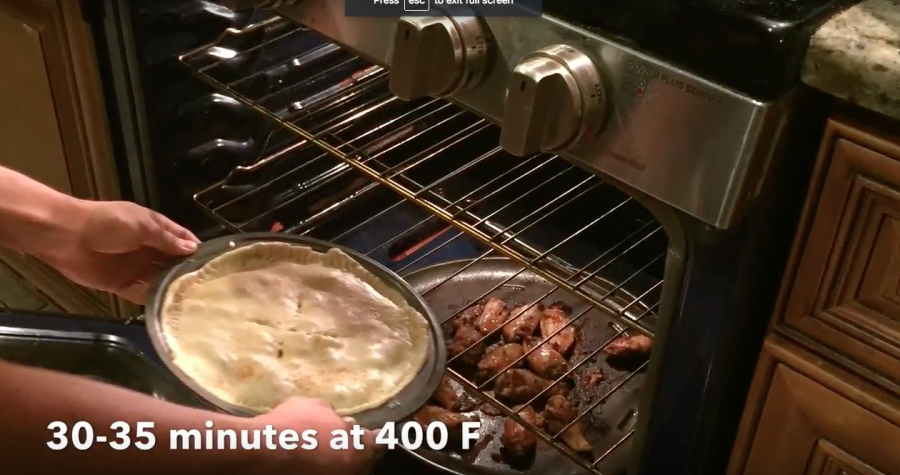The second hour of the morning passes and she is nowhere near finished. With a desk covered in pencil shavings and drawers overflowing with scratch paper, senior Lily Matteson‘s desk is a mirror image of a math student’s in the ungodly, pre-sun darkness: constantly “one more minute” until complete understanding of what she pursues.
For as long as she can remember, her nights have been spent hunched over problems that one might find in a math textbook, grappling expressions in both the abstract and the physical form with her charcoal-stained fingers.
“I do art because it helps me take my mind off of things like school or anything else that is stressing me out; it allows my mind to focus on the project rather than anything else that could be stressful,” Mattseon said. “Sometimes you can get so wrapped up in a project that hours later, you’ll realize you’ve been working nonstop for so long and didn’t even realize it– it’s that enjoyable.”
As children, art was an encouraged part of the day: a staple of imagination cultivated in elementary schools. However, as children got older and brains matured, so too did critical thinking receive a significant update.
We’ve all heard it before: “that doesn’t look like a house” or “there are too many legs on that animal for it to be considered a dog.” No one wants to be criticized or pointed out as different, and childhood’s eyes are oftentimes difficult to please. For many, art graduated from junior high with the same bad reputation as math: something that just came naturally to some people and with which the rest of the population was fated to struggle.
This age-old “art shame” phenomena has been around since the very first anaerobic bacteria picked up a paintbrush and was insulted by the second bacteria. But for those who aren’t naturally artistic, there is a very distinct difference between “talented” and “not”– a distinguishing factor that sometimes changes the way they think about themselves.
“I experience ‘art shame’ all the time. I feel like most artists have some degree of self- consciousness towards their work. They put so much work and time into their pieces; it’s almost like a piece of them gets displayed out for the world to see, so naturally they feel ‘art shame,'” junior Daniella Thach said. “I think it’s good to take risks with art and you have to keep in mind that everyone is a critic and that there will be some people who don’t like or understand your work, but it’s worth it to share your work with people who do appreciate it.”
Though some experience criticism and have a great fear of “art shame,” junior Brendan O’Shaughnessy has carried a sketchbook since he shared a womb with his two other brothers, making leaps and bounds with every additional year he spent studying and exploring art. For him, criticism turns into productivity instead of embarrassment.
O’Shaughnessy said, “I have never experienced ‘artist shame’ because I always know that I have much more to learn in terms of techniques. It is very important for young artists like myself to keep an open mind when making art…it helps an artist determine what does and doesn’t work. It also helps artists find themselves and what their strong points are.”
As an art educator in digital photography and graphic design, Deanna Sortino finds that most of “art shame” comes from a need for more self-confidence.
“I think many students lack confidence in their artwork…instead of feeling embarrassed or ashamed. Many times it takes winning an award, getting a good grade on their artwork, or positive feedback from critique to increase a student’s confidence. I think the healthiest attitude towards creating art is to just do your best and take criticism to art. Take other people’s suggestions and try them out. If they don’t work out, at least you tried something new. Also, the more art classes you take, the more diverse you will be as an artist, thus improving your skills in all disciplines,” Sortino said.
Just like any other class, people who have natural abilities or prior experiences creating art have an obvious advantage compared to those who do not. But also like any other class, if one puts in the work and time, there is no reason that person cannot improve their skills.
In the same way that math requires continual practice and study in order to obtain an understanding of it, art also asks the same effort as any other class. Though many believe that art is some mystical deity that only touches a few, it takes work and discipline to create art.
“You really can’t say that something is art by just throwing some paints or just drawing scribble lines– unless there is depth. But that is pretty rare thing to happen. Few artists display their artwork just by drawing few lines or painting only one solid color on the canvas. In my opinion I can’t say that it’s good art,” junior Minsie Kim said.
Even seasoned artists need to continue practicing art in order to become better at it; senior Tia Mitchell has been exploring art in photography for as long as she can remember and still experiences growth in her work.
“I would not say someone’s art is good or bad. I don’t believe there are such absolutes. Because art is so subjective, I understand that not everyone will see things the way I do. I love to hear what people think– whether it is positive or not. It makes me look at my art from a different perspective which allows me to grow stronger as an artist. An artist will continue to evolve throughout their career because life experiences influence our work,” Mitchell said.
With that attitude of continual growth, those who experience “art shame” should approach making art with the knowledge that though there are certain techniques and practices that upon learning would create richer art, it is completely subjective.
Art teacher John Zilewicz said, “I try not to use the words ‘good’ or ‘bad’ when talking about art with students or in general. I try to look for the elements that engage me as a viewer. For me, I am definitely not a cat lover. So when I see people doing art with cats, I’m naturally biased against it. [It’s] not that the work isn’t technically, compositionally sound. It’s that the subject matter isn’t my taste. People tend to gravitate to artwork that resonates with them. Good or bad.”
In that respect, the complexity of art and students’ outlooks on it parallel the majority’s views on art.
“I think art and math are similar because they both take practice; the more you work at it and the more time you spend on it, the better you’ll get,” Matteson said. “Both of them take a lot of focus to get done, and determination. If there’s a certain topic you’re struggling in with math, maybe a certain type of problem, it just takes a lot of extra practice, and eventually it’ll click and you’ll get it right; the same idea applies to art. Let’s say you struggle a lot with shading- the more you work at it and the more you practice, eventually it’ll get easier and you’ll get better at it.”
Long nights working, the idea of “talented” versus “not,” and the continual struggle that one endures to understand — this is only a fraction of what art inspires. Though at first it may seem a daunting exploration to embark on, the expeditions toward more forms of self-expression are numerous and filled with enrichment: it only takes ignoring “art shame” in order to create something beautiful.
“My attitude has always been the same: humans need to create…. if you love art [or] love to make art, find time in your day to be true to your creative, artistic passion and talents. Don’t get hung up on worry about what others will think. Stop making excuses why you can’t make art or why you don’t have time to do art, but figure out a way that you CAN!” Zilewicz said.




